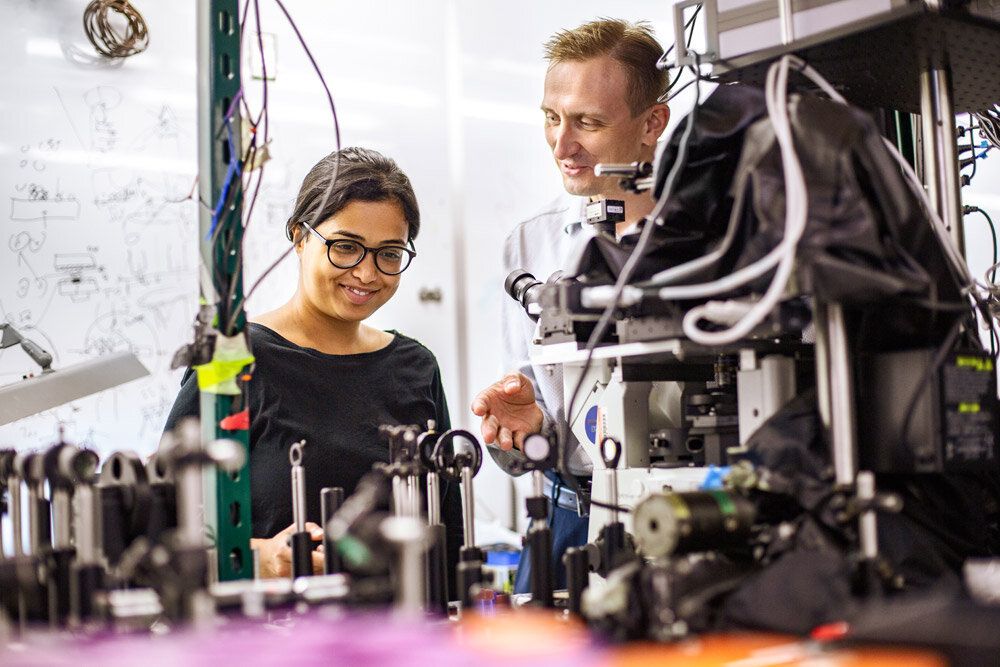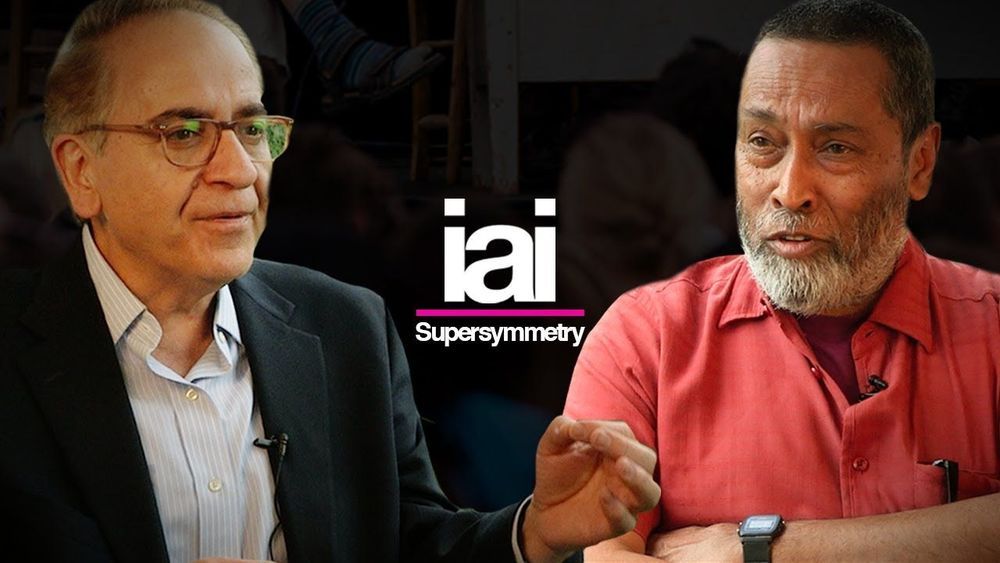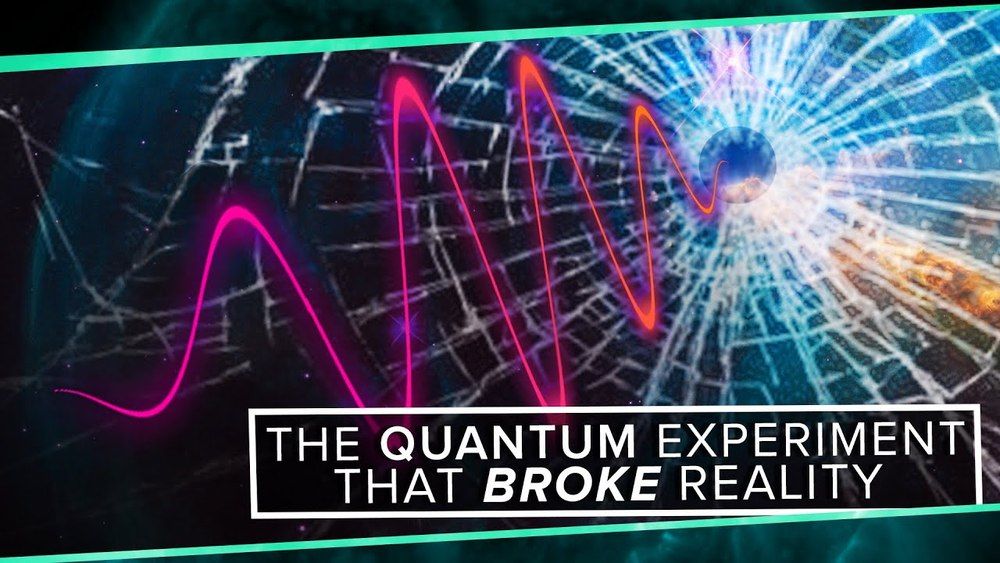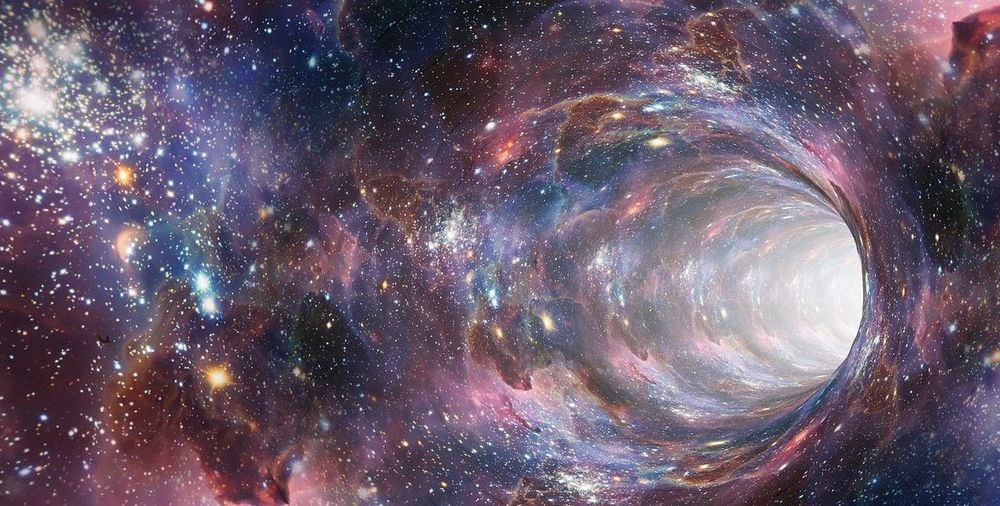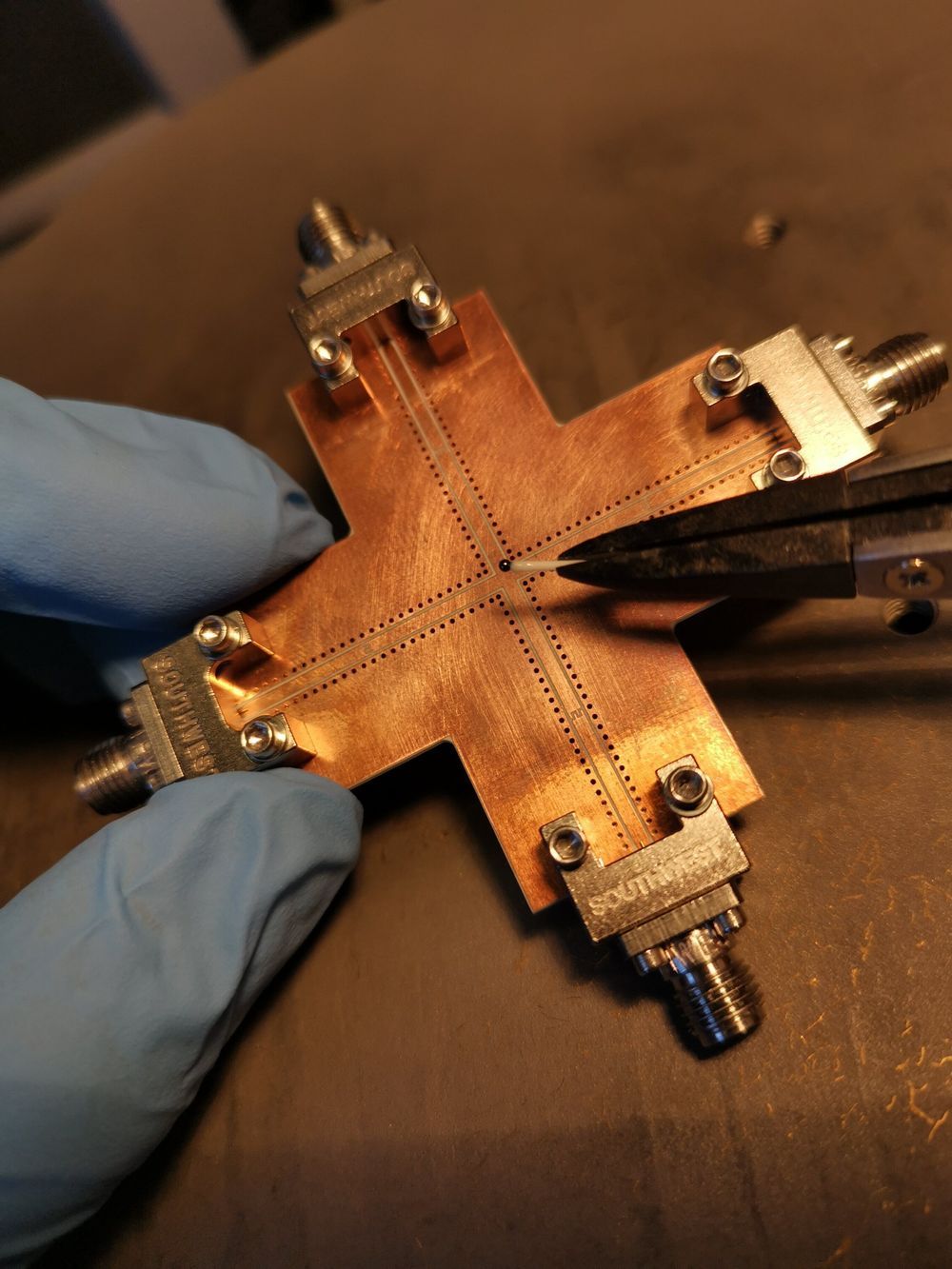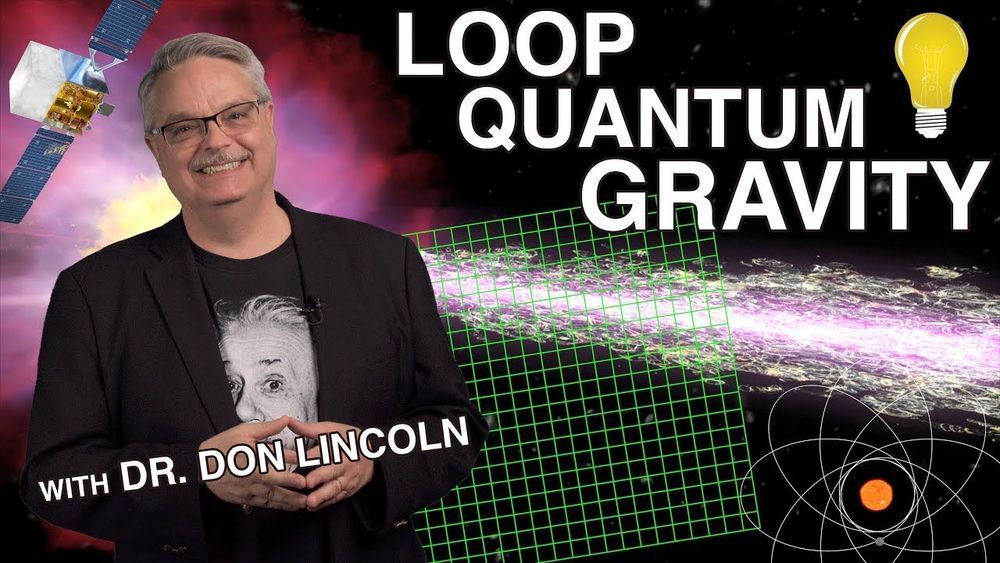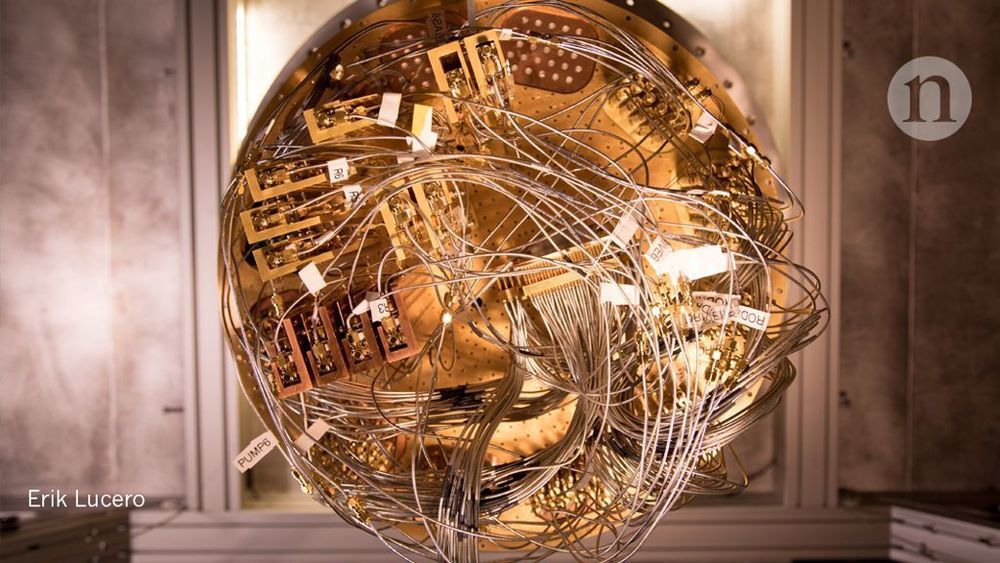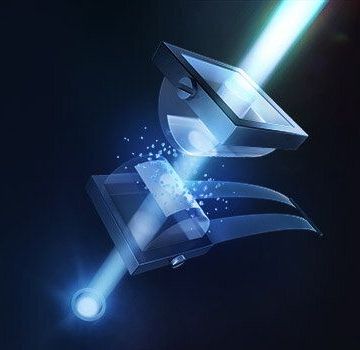Oct 7, 2019
Physicists shine light on properties of potential solar cell material
Posted by Genevieve Klien in categories: quantum physics, solar power, sustainability
Research led by University of Texas at Dallas physicists has altered the understanding of the fundamental properties of perovskite crystals, a class of materials with great potential as solar cells and light emitters.
Published in July in Nature Communications, the study presents evidence that questions existing models of the behavior of perovskites on the quantum level.
“Our enhanced understanding of the physics of perovskites will help determine how they are best used,” said Dr. Anton Malko, associate professor of physics in the School of Natural Sciences and Mathematics and a corresponding author of the paper.
